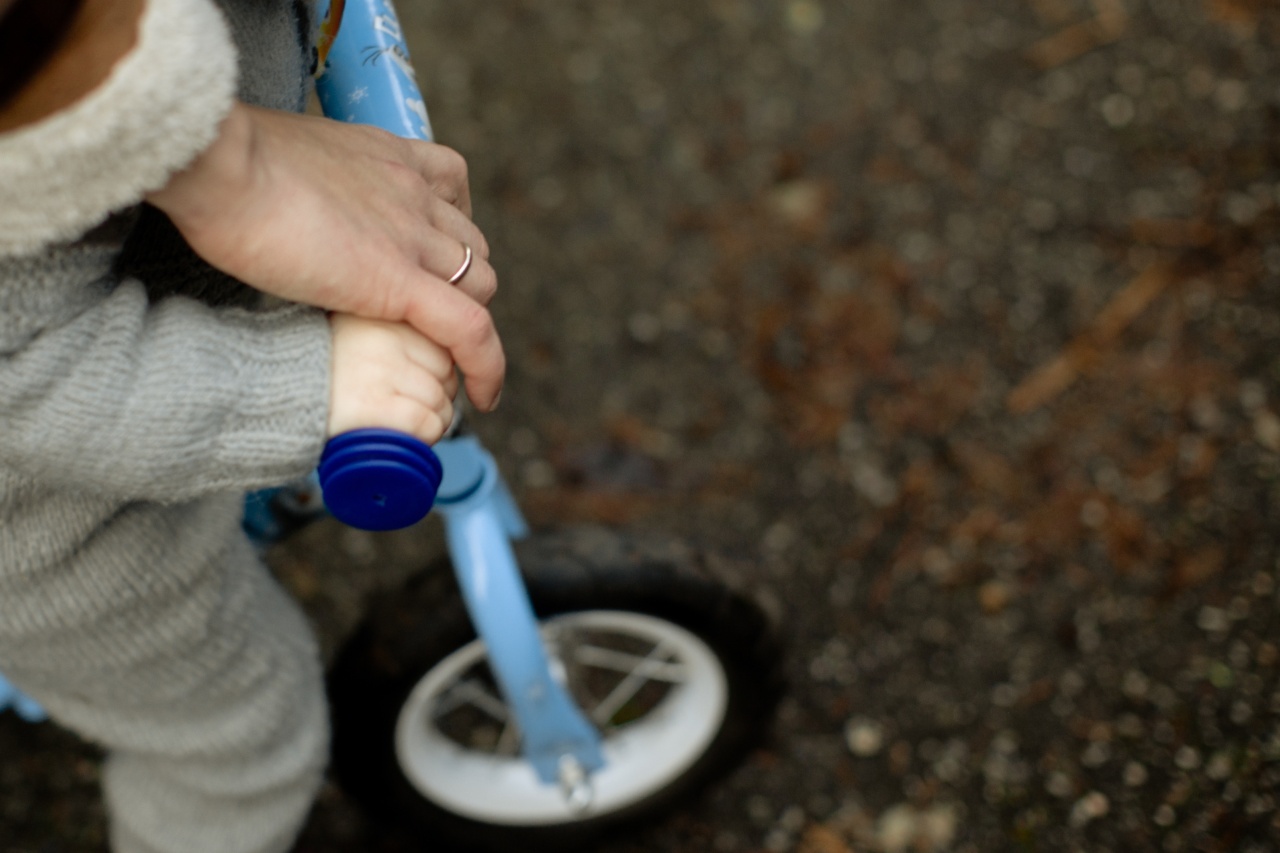With increasing concerns about air pollution and its detrimental effects on our health, it is crucial to find ways to minimize our exposure to harmful pollutants. One of the best ways to reduce pollution and prioritize our health is to bike safely.
Cycling not only helps to reduce traffic congestion and carbon emissions but also offers numerous health benefits. In this article, we will explore how to bike safely and protect our lungs from pollution.
Why Biking?
Biking is an excellent mode of transportation that not only helps in reducing air pollution but also provides numerous health benefits.
It is an eco-friendly alternative to motor vehicles that emit pollutants such as carbon monoxide, nitrogen oxides, and particulate matter. By choosing to bike instead of driving, you are contributing towards cleaner air and a healthier environment.
Understanding Air Pollution
Air pollution is a mix of various harmful substances present in the earth’s atmosphere that can cause adverse health effects.
Common air pollutants include particulate matter (PM), nitrogen oxides (NOx), volatile organic compounds (VOCs), and carbon monoxide (CO). These pollutants are emitted from various sources, including vehicles, factories, power plants, and even natural sources like wildfires and dust storms.
The Health Effects of Air Pollution
Exposure to air pollution is associated with a range of health problems, including respiratory issues, cardiovascular diseases, and even certain types of cancers.
Breathing in polluted air can lead to lung inflammation, reduced lung function, asthma exacerbation, and increased risk of respiratory infections. Long-term exposure to air pollution can also contribute to the development of chronic respiratory conditions like chronic obstructive pulmonary disease (COPD).
Bike Safety Measures
Biking may expose you to outdoor air pollution, but by following some safety measures, you can minimize the impact on your lungs:.
1. Plan Your Route
Before you start your ride, plan your route to avoid busy roads and areas with high levels of traffic. Choose routes with fewer cars and more green spaces to reduce your exposure to vehicular emissions.
2. Time Your Rides
Try to schedule your rides during off-peak hours when the traffic volume is lower. This will help you avoid heavy traffic and reduce your exposure to vehicle exhaust fumes.
3. Wear a Mask
Invest in a high-quality pollution mask that can filter out fine particulate matter. Look for masks with a PM 2.5 rating to ensure effective filtration. Make sure the mask fits snugly over your nose and mouth for maximum protection.
4. Check Air Quality Index
Keep an eye on the Air Quality Index (AQI) in your area before heading out for a ride. Avoid biking on days with poor air quality or during times when pollution levels are high.
5. Stay Away from Heavy Traffic
Avoid biking close to heavy traffic areas, as the concentration of pollutants released by vehicles is significantly higher in these areas. Choose quieter streets, bike lanes, or dedicated cycling paths away from congested roads.
6. Use Bike Paths and Parks
Take advantage of bike paths, trails, and parks in your area. These areas are usually away from pollution sources and provide a more enjoyable and scenic biking experience.
7. Ride Further from Tailpipes
While biking on roads, try to maintain a safe distance from vehicles’ tailpipes. The closer you are to the exhaust emissions, the higher the concentration of pollutants you may inhale.
8. Keep Yourself Hydrated
Drinking enough water during your bike rides helps keep your respiratory system moist and reduces irritation from pollutants. Stay hydrated to support your lung health while biking.
9. Consider Air Purifying Plants
Indoor air pollution can also impact your lung health. Consider adding air purifying plants like snake plant, peace lily, or Boston fern to your indoor space. These plants help to filter out toxins and improve indoor air quality.
10. Support Clean Energy Initiatives
Advocate for clean energy initiatives in your community. By supporting the transition to renewable energy sources, such as wind or solar power, you contribute to reducing overall air pollution levels.
Conclusion
Biking offers numerous advantages for our health and the environment. However, it is important to take necessary precautions to protect our lungs from pollution while cycling.
By planning our routes, avoiding heavy traffic, wearing pollution masks, and staying informed about air quality, we can enjoy the benefits of cycling while minimizing our exposure to harmful pollutants. Additionally, supporting clean energy initiatives and indoor air purifying plants can help create a healthier environment for all.



























